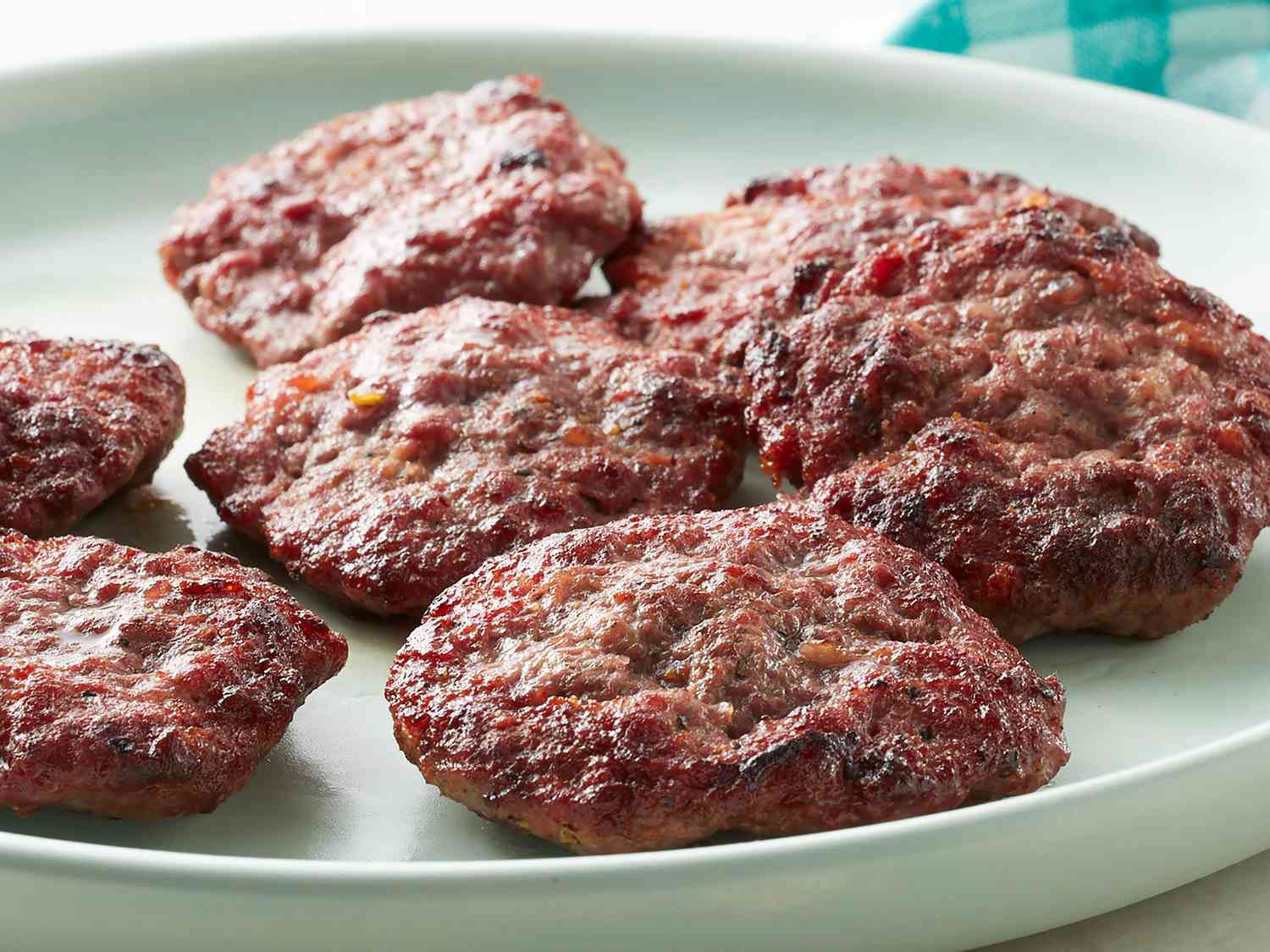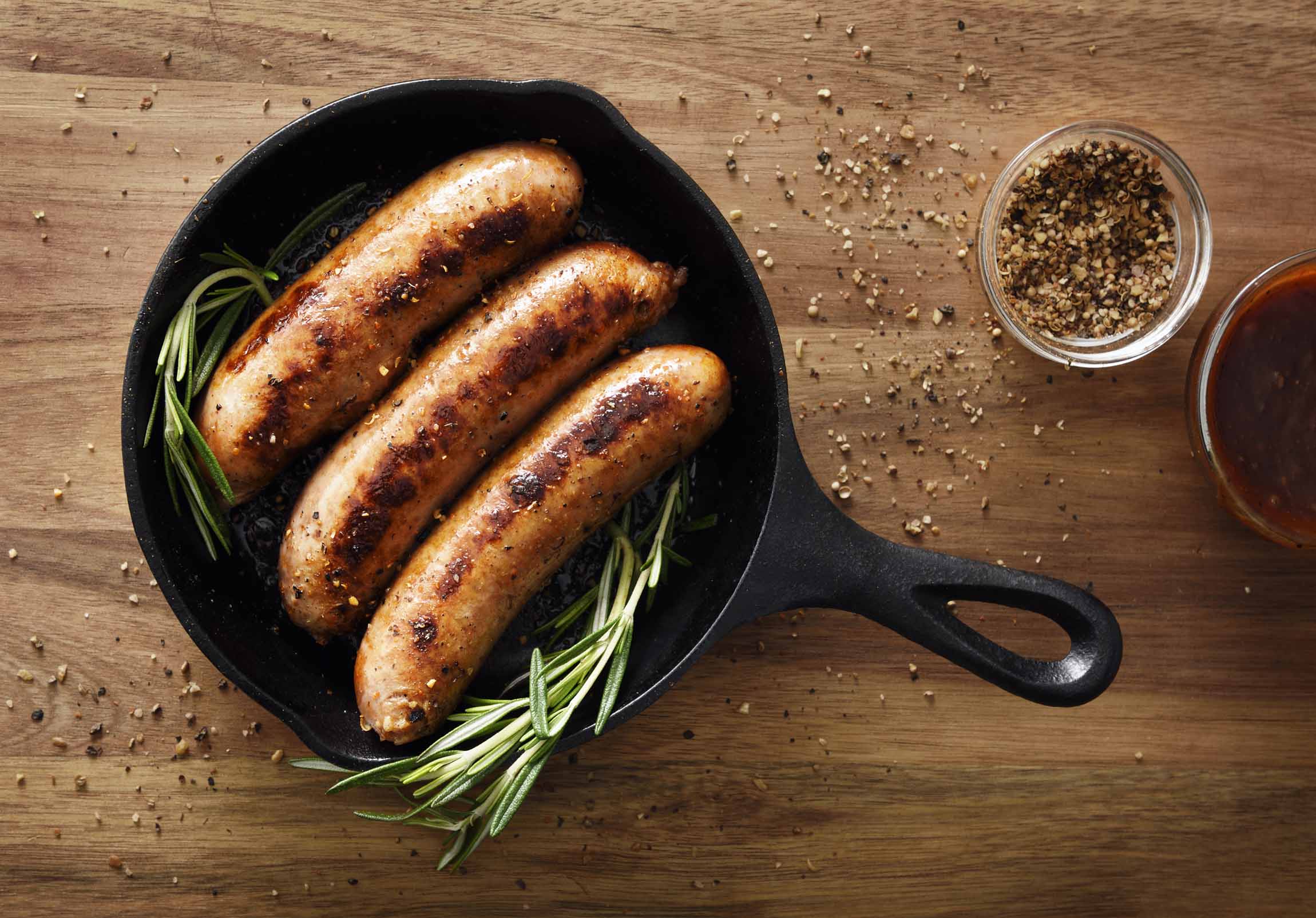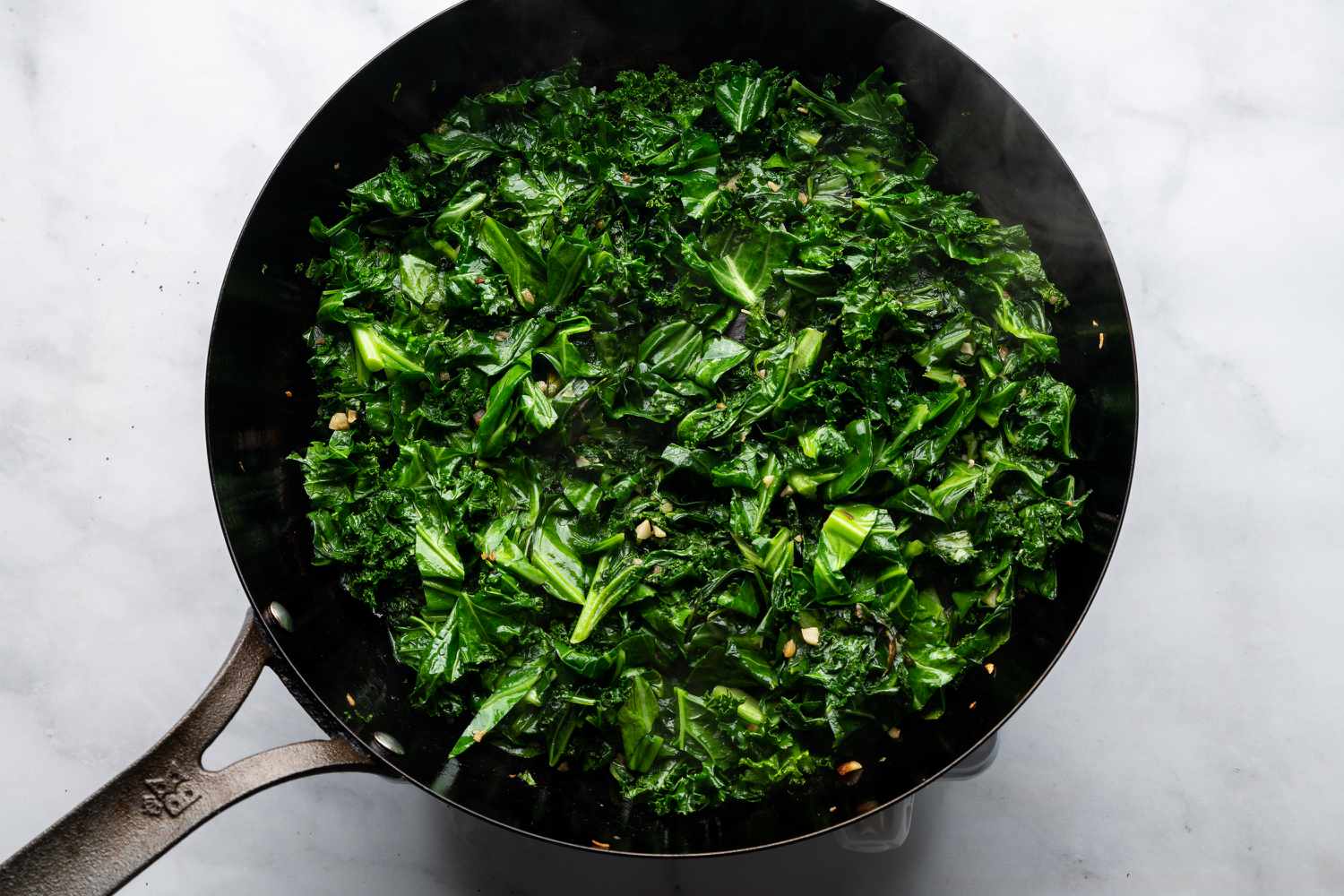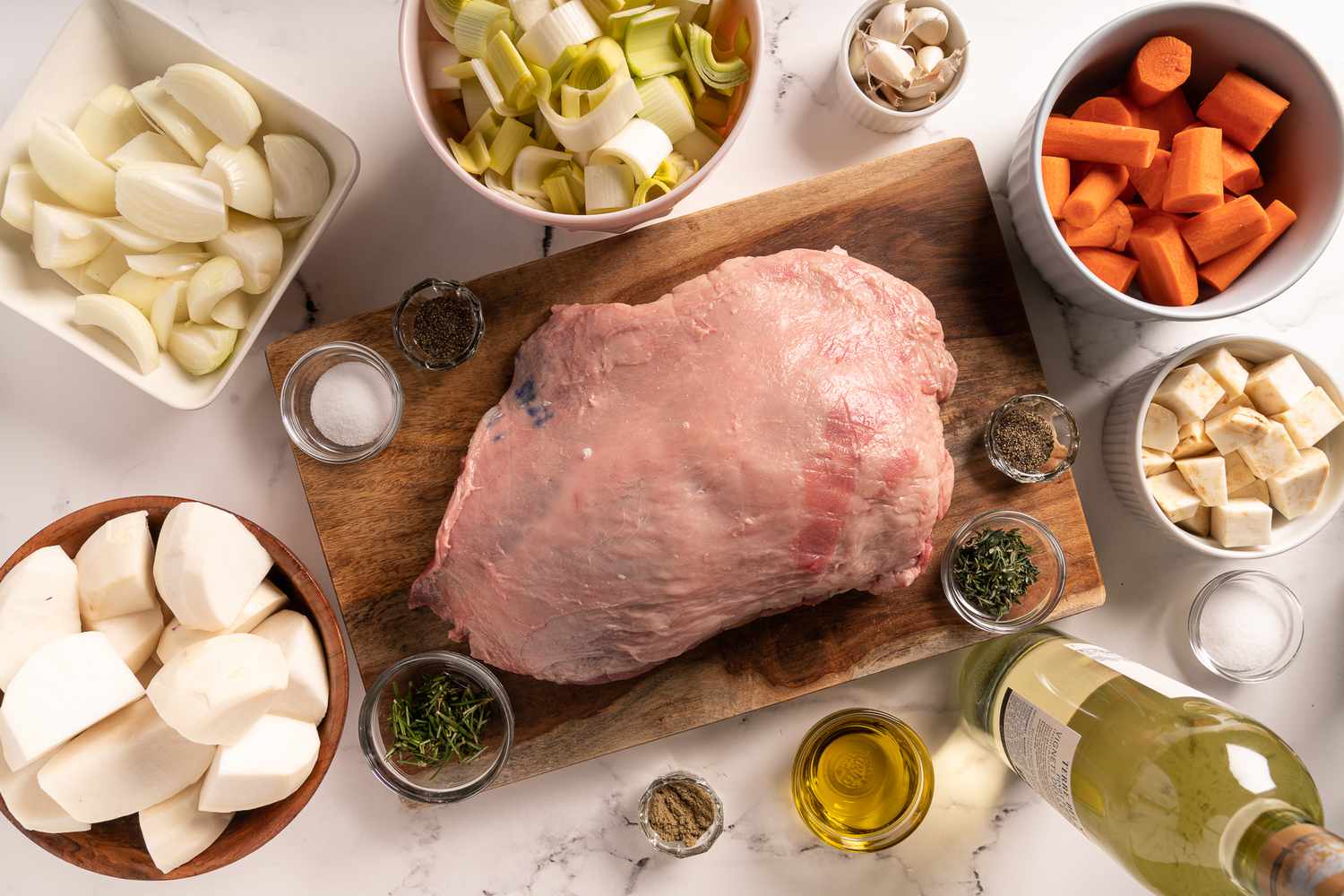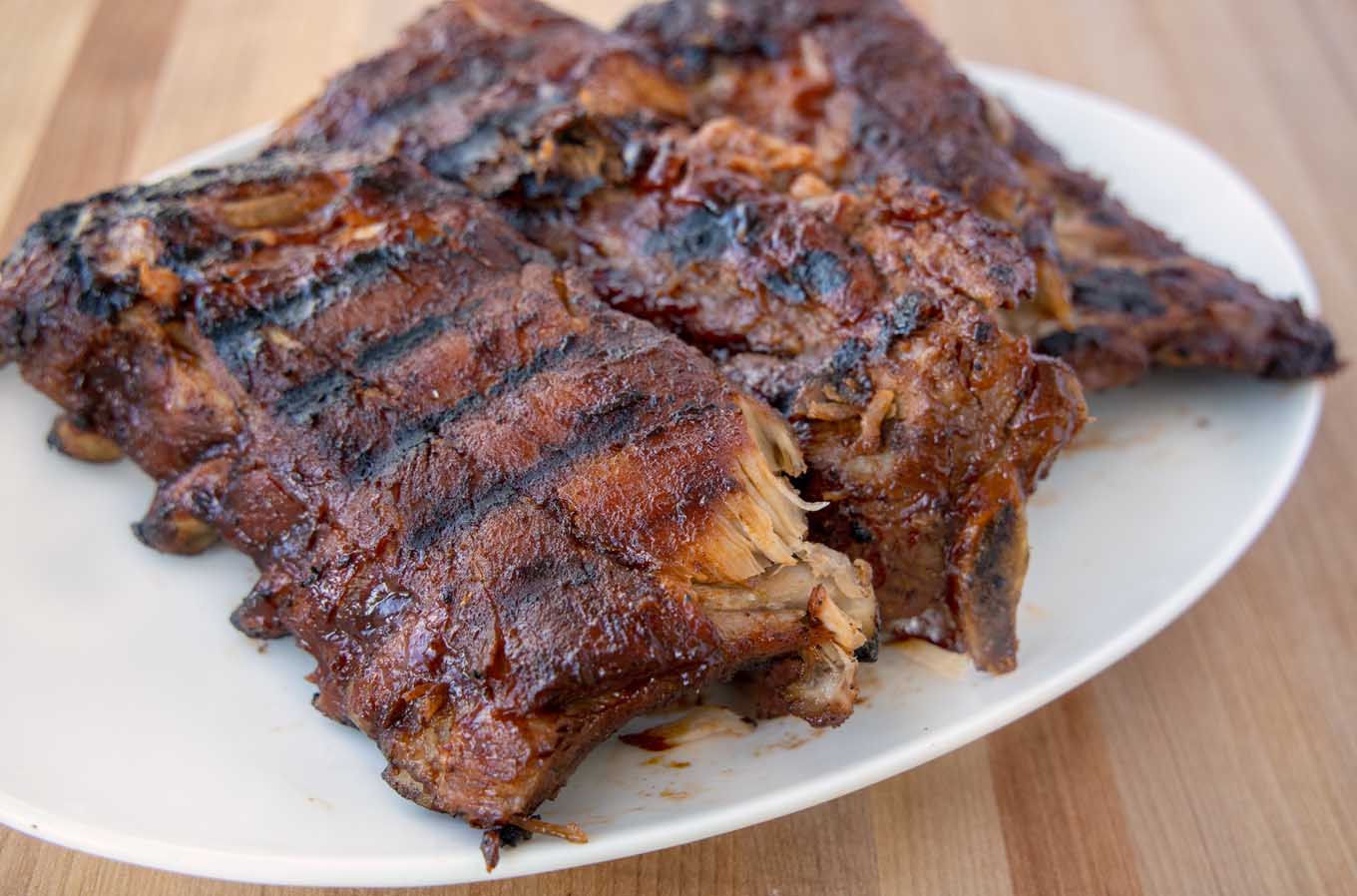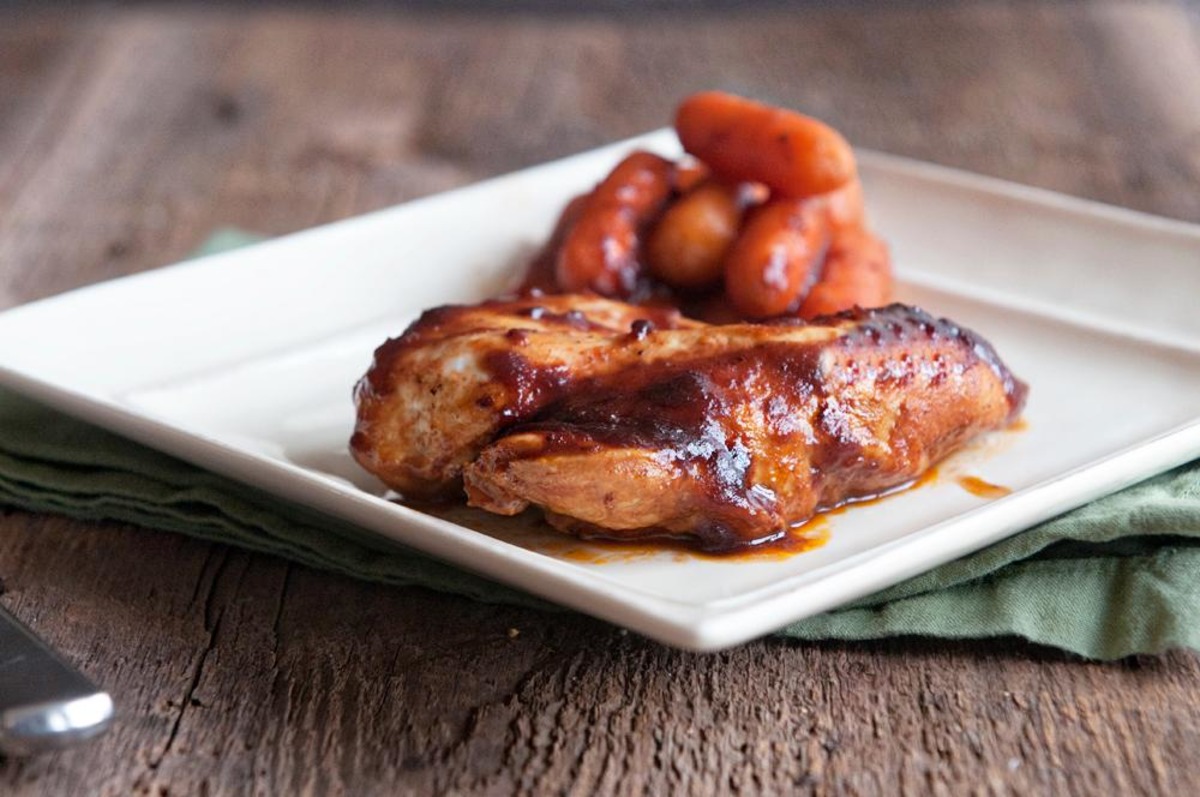How To Cook Eggs For Dogs
If you’re a dog owner, you know how important it is to provide your furry friend with a balanced and nutritious diet. While commercial dog food is readily available, many pet owners prefer to incorporate homemade meals into their dog’s diet. One such ingredient that can be a great addition to your dog’s meal is eggs. Eggs are not only a fantastic source of protein but also contain essential vitamins and minerals that can support your dog’s overall health. Here’s a simple guide on how to cook eggs for dogs:
1. Choose the Right Eggs
When cooking eggs for your dog, it’s best to opt for organic or free-range eggs. These eggs are produced by hens that roam freely and consume a natural diet, resulting in higher-quality eggs. Look for eggs that are labeled as “organic” or “free-range” to ensure you’re providing the best possible option for your pooch.
2. Cook Eggs Thoroughly
Unlike humans, dogs can be more susceptible to bacteria such as Salmonella. To prevent any potential health risks, it’s crucial to cook eggs thoroughly before serving them to your furry friend. Avoid giving your dog raw or undercooked eggs, as they can contain harmful pathogens. The best way to prepare cooked eggs for dogs is to hard-boil or scramble them.
3. Avoid Seasonings
While you may enjoy adding various seasonings to your eggs, it’s important to keep things simple when cooking eggs for your dog. Dogs have different taste preferences and can also be sensitive to certain seasonings. Stick to plain, unseasoned eggs to avoid any potential stomach upset or adverse reactions.
4. Serving Size
The appropriate serving size of eggs for dogs depends on their size and individual needs. As a general guideline, small dogs can have around half an egg, while larger dogs can have a whole egg. However, it’s essential to consider your dog’s overall diet and consult with your veterinarian to determine the ideal portion size for your specific pup.
5. Introduce Eggs Slowly
When introducing eggs into your dog’s diet for the first time, it’s advisable to start with a small amount and observe if there are any adverse reactions. Some dogs may have allergies or sensitivities to eggs, so it’s crucial to monitor your dog’s response. If your dog shows any signs of digestive upset or allergies, such as vomiting or itching, discontinue feeding eggs and consult with your vet.
6. Mix with Other Foods
For a well-rounded meal, consider mixing cooked eggs with other dog-friendly foods. You can combine eggs with cooked vegetables like carrots or sweet potatoes, or even add them to your dog’s regular kibble. Mixing eggs with other ingredients can provide additional nutrients and variety to your dog’s diet.
7. Storage and Safety
If you have leftovers or want to prepare eggs in advance, ensure proper storage to maintain freshness and safety. Cooked eggs can be refrigerated for up to one week. When serving refrigerated eggs, make sure to reheat them thoroughly before giving them to your dog. Always check for any signs of spoilage before feeding your dog any leftover eggs.
By following these simple guidelines, you can safely incorporate eggs into your dog’s diet. Remember to consult with your veterinarian before making any significant changes to your dog’s food routine, and always prioritize your dog’s specific dietary needs and preferences.
- Choose organic or free-range eggs
- Cook eggs thoroughly – hard-boil or scramble
- Avoid adding seasonings – plain, unseasoned eggs are best
- Consider your dog’s size and needs for appropriate serving size
- Introduce eggs slowly and monitor for any adverse reactions
- Mix eggs with other dog-friendly foods for variety
- Store and reheat leftovers properly
Remember, a well-balanced and nutritious diet is essential for your dog’s overall well-being. Including eggs as part of their diet can provide a protein-packed and delicious addition to their mealtime menu!
Was this page helpful?
Read Next: How To Cook Pumpkin For Dogs
